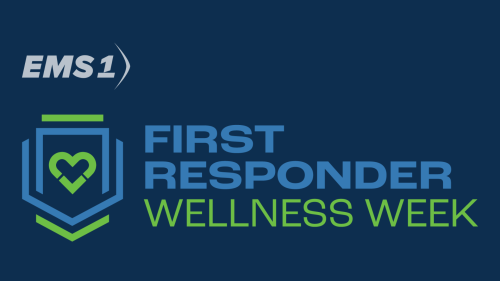Editor’s Note: Before embarking on any new health or wellness regime, including intermittent fasting or other biohacking methods, providers should first consult with a healthcare professional. This step ensures that any new practices are safe and tailored to your health profile.
In the world of biohacking, few names are as prominent as Bryan Johnson’s, whose rigorous and highly publicized routine has brought mainstream attention to the concept of biohacking.
Johnson, a technology entrepreneur, has invested millions into a personal biohacking regimen that includes a comprehensive suite of daily exercises, dietary restrictions and cutting-edge medical monitoring. His regimen is designed to optimize every aspect of his physical and mental health, aiming to reverse the aging process and maximize performance.
The extensive commitment to biohacking demonstrated by individuals like Johnson highlights the intriguing potential of these practices to significantly impact health and wellness. However, it’s essential to acknowledge that Johnson’s approach comes from a place of considerable financial and time resources, and the long-term effects of such an intensive biohacking regimen are not yet fully understood. This distinction is crucial for firefighters considering integrating aspects of biohacking into their routines.
For EMS providers, who face unique physical and psychological challenges, there may indeed be valuable takeaways from biohacking strategies that can be adapted to their specific needs and constraints. It’s essential to recognize the limitations of direct comparisons with highly resourced individuals and focus instead on feasible, evidence-based adjustments that can contribute to wellbeing.
What is biohacking?
Biohacking encompasses a broad spectrum of practices aimed at optimizing human performance, health and wellbeing through strategic interventions that influence the body’s biology. It ranges from simple lifestyle and dietary changes to more advanced techniques involving genetic engineering and wearable technology. At its core, biohacking is about making small, incremental changes to your lifestyle or body to make a significant impact on your health and performance.
The relevance of biohacking for paramedics and EMTs
As an EMS provider, you are subjected to immense physical and psychological stress. The nature of your job requires you to be in peak physical condition, maintain high levels of alertness and manage stress effectively. Traditional health and wellness approaches may not fully address the unique challenges you face. Biohacking, with its personalized and innovative techniques, could offer tailored solutions that could improve your quality of life.
Here are five essential aspects of biohacking and its significance for EMS providers.
1. Personalized nutrition and fitness regimens
At the heart of biohacking is the customization of nutrition and exercise plans based on an individual’s genetic makeup, lifestyle and health objectives. For medics, this translates to diets and workout routines that can elevate energy levels, bolster physical strength and enhance immunity. Approaches such as intermittent fasting or adopting a ketogenic diet could provide sustained energy, crucial for providers managing erratic work schedules. to log your health and wellness goals as you start your journey to better health and wellness.
2. Advanced stress management techniques
The high-stress nature of EMS necessitates sophisticated stress management techniques. Biohacking introduces methods like mindfulness meditation, biofeedback and the utilization of adaptogens – natural substances aiding the body in combating stressors. These techniques may enable members to handle stress more effectively, leading to improved mental clarity in high-pressure situations.
3. Optimized sleep for better recovery
Quality sleep is vital for cognitive function and overall health, yet many providers struggle with sleep-related issues due to irregular shifts. Biohacking strategies for sleep include , and adding specific supplements to enhance sleep quality. Improved sleep can lead to heightened alertness, faster reaction times and better decision-making capabilities.
4. Cognitive enhancement for sharper mental acuity
Working in EMS demands sharp cognitive abilities, including memory, focus and decision-making skills. Biohacking offers avenues for cognitive enhancement through nootropics, which are substances that improve cognitive function, specialized cognitive training programs and even non-invasive brain stimulation techniques. These tools can assist providers in maintaining high levels of cognitive performance, essential for the complexities of EMS work.
5. The power of technology in monitoring health
Wearable technology and mobile health apps play a significant role in biohacking, enabling continuous monitoring of health metrics. For medics, this could mean , and sleep patterns – providing data to fine-tune health and wellness strategies for optimal performance.
Resources to learn more about biohacking
To explore the world of biohacking and gain a deeper understanding of how to implement its principles for health and wellness, here are several resources that offer valuable information:
SA¹ú¼Ê´«Ã½ is using generative AI to create some content that is edited and fact-checked by our editors.














